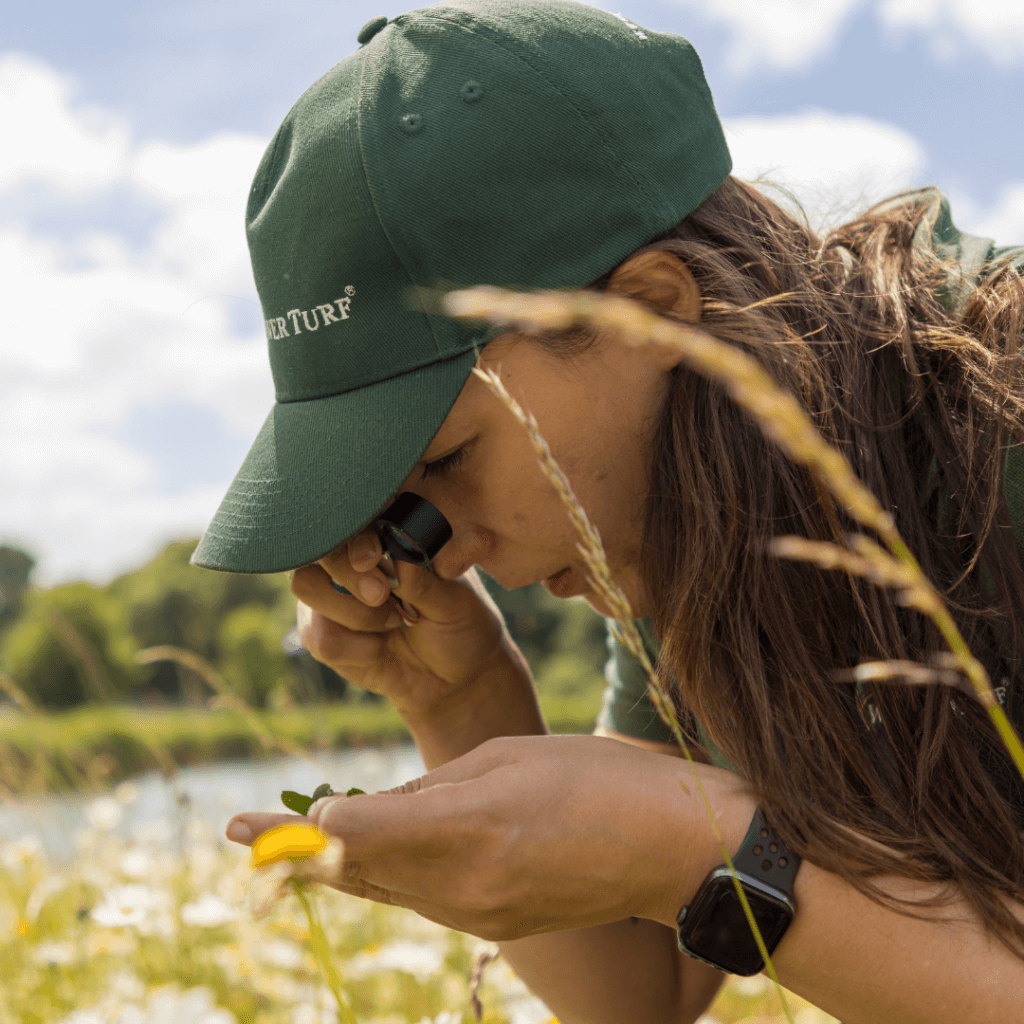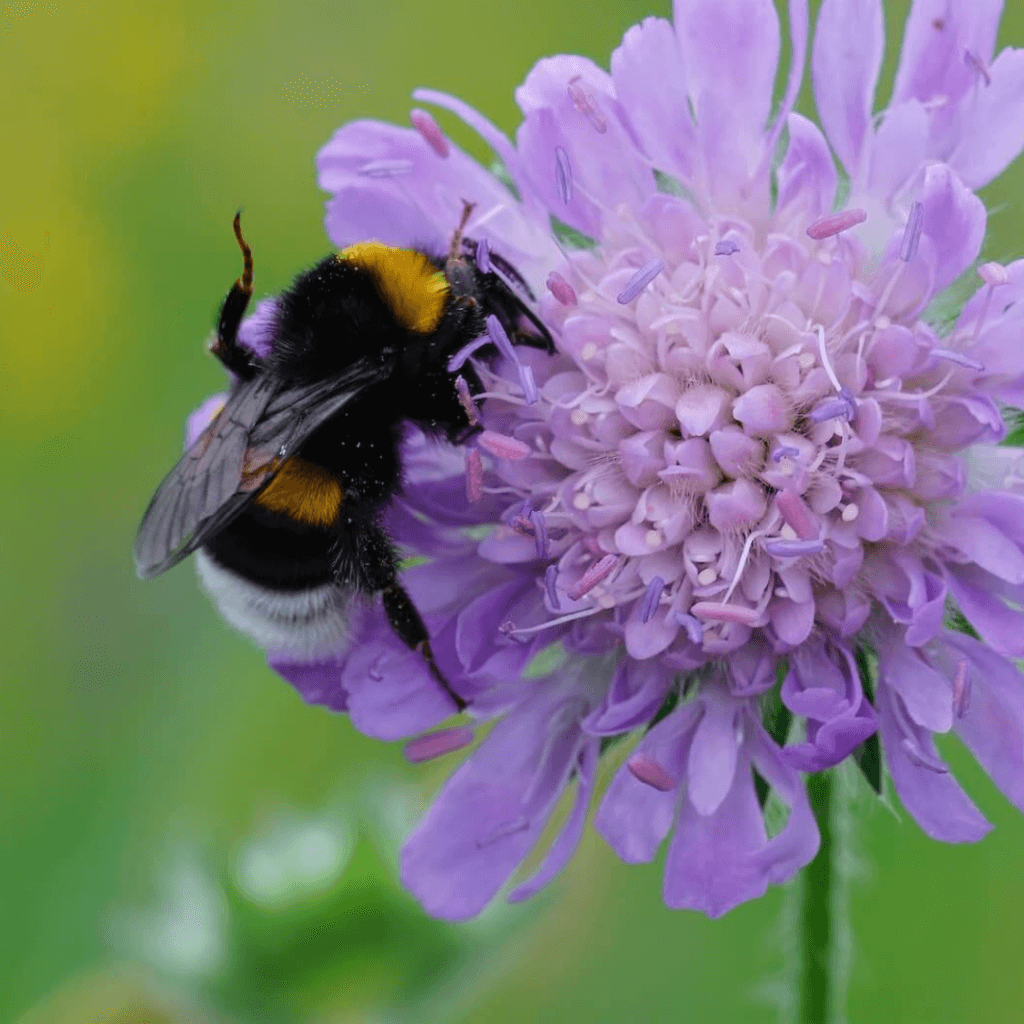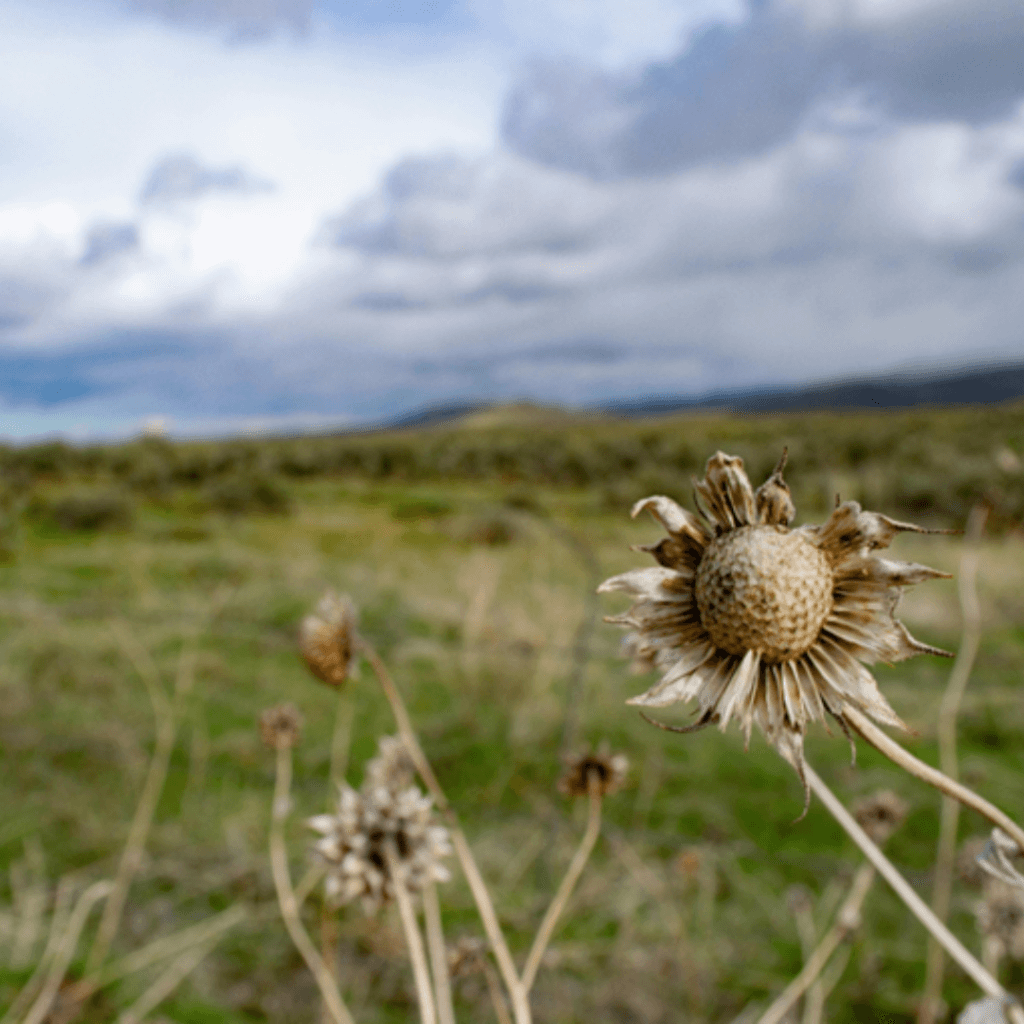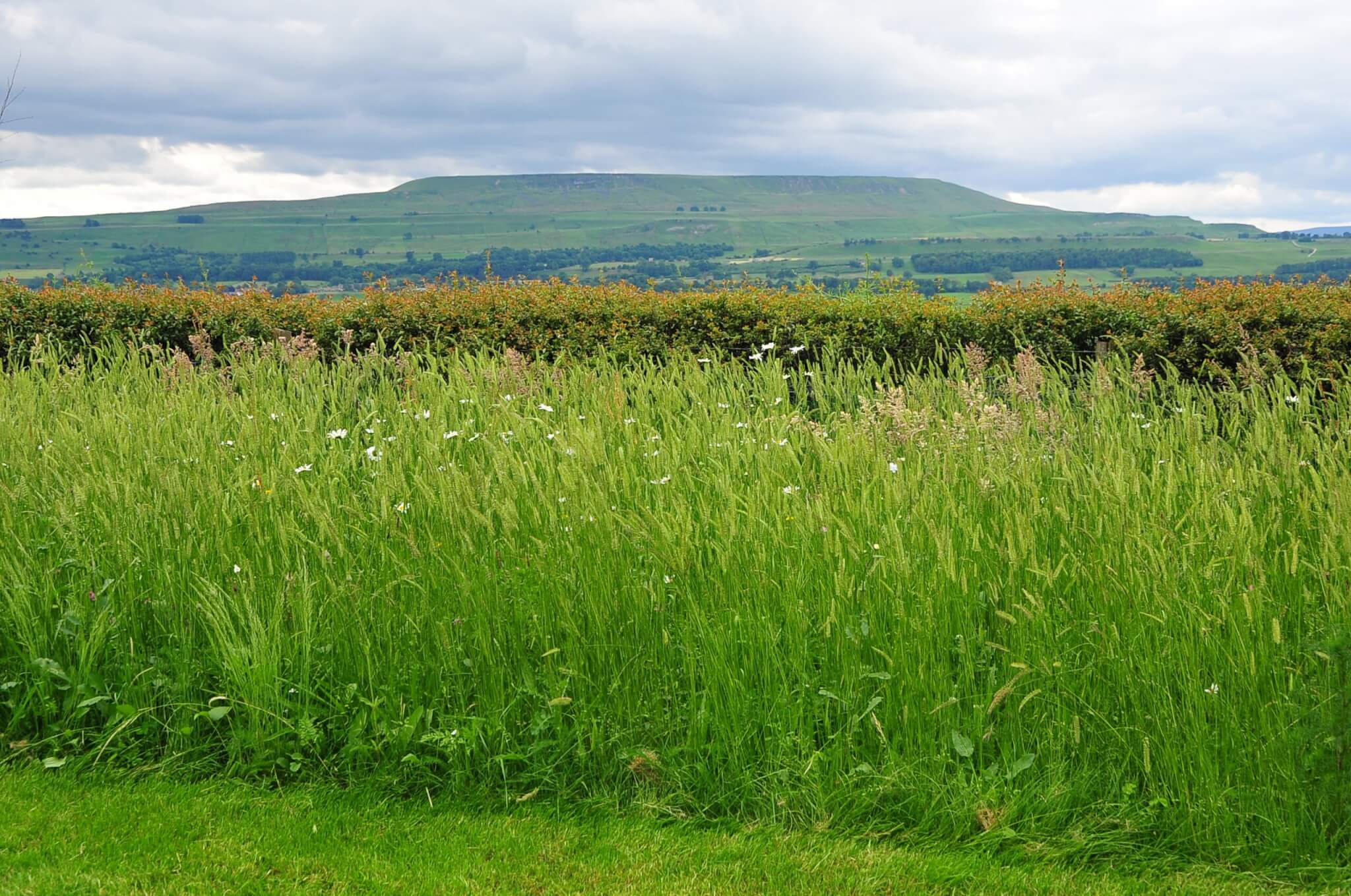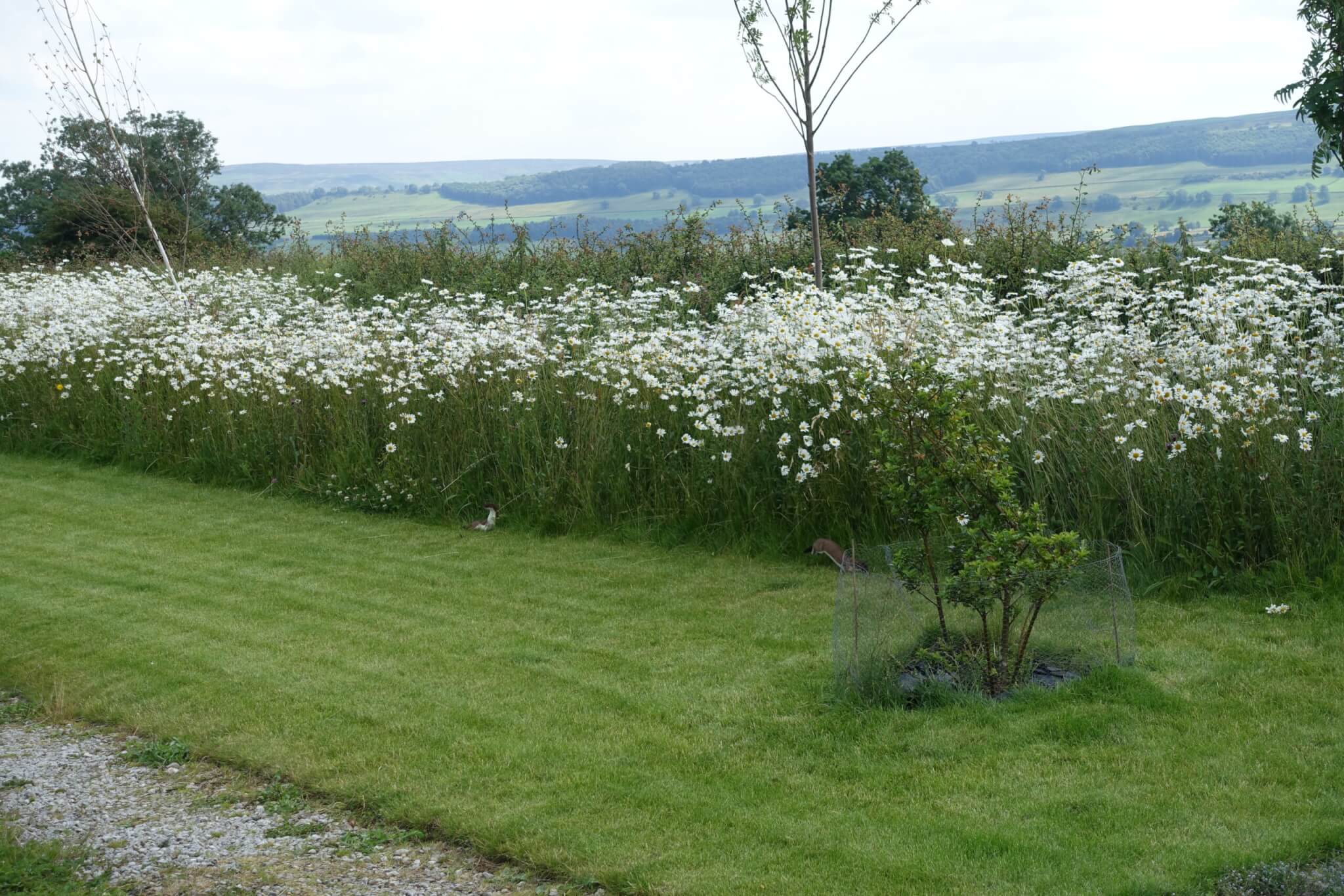Navigating Wildflower Meadows in Changing Climates
Wildflower meadows are just that, wild, ever changing and full of surprises.
As grassland habitats, meadows are significantly influenced by weather and climate which can make them unpredictable. These factors can dictate species flowering periods, affect seed production and much more.
However, understanding this relationship can help inform us on how to sustain and manage our wildflower meadows in the face of climate change and appreciate these natural landscapes even more!
The Influence of Weather on Wildflowers
Wildflower species have varying preferences when it comes to temperature, rainfall and sunlight which leads to natural variations across the seasons. As a result, the appearance of a meadow can vary significantly from season to season and year to year. One of the many reasons why wildflower meadows are so dynamic and captivating!
Temperature: Adverse weather conditions and fluctuations in temperature can have an impact on wildflower meadows. Changes in temperature can alter a wildflowers flowering period and in some cases, even shorten it. Climate change introduces additional complexities to the relationship between wildflowers and weather. Warmer temperatures often lead to wildflowers blooming earlier in the season than usual. As gradual changes in temperature alter the timing of biological events, such as blooming, it can negatively affect the balance between wildflowers and pollinators. In turn, we may see a mismatch between flowering times and the activity of pollinators. A continuation of this pattern could lead to declines in both plant and pollinator populations.
Rainfall: Both too little and too much rainfall can influence your wildflower meadow. Too little rainfall can lead to drought stress which can reduce flower abundance and limit seed production. On the other hand, too much rainfall can lead to waterlogging which can contribute to root damage and ultimately cause plants to die. Wetter weather conditions can also lead to species dominance and cause a lack of biodiversity in your meadow. This particularly applies to grasses as grass species thrive in wetter, cooler conditions.
The Influence of Climate on Wildflowers
The local climate can heavily influence the types of wildflowers that thrive in any given area. Different habitats –upland, lowland, and coastal, each host a variety of different species, reflecting their unique climatic conditions. In the UK, these differences are categorised within habitat classifications.
Climate change can lead to more extreme weather events which pose as a significant threat to all species within a meadow. Unlike seasonal changes, extreme weather events can affect all species simultaneously, leading to immediate and widespread impacts.
Last Years Challenging Conditions
2024 posed a particularly challenging year for wildflowers. A very wet, cold spring hindered the growth of some species and led to a dominance in grasses for many. As wildflowers typically require warmer temperatures to germinate and flourish, and grass species thrive in cooler temperatures, the higher levels of rainfall created favorable conditions for grass growth.
2024 saw grasses growing taller than usual, flowering earlier, filling gaps in the sward and often outcompeting other wildflower species for space and resources.
To address this grass imbalance, a variety of techniques and methods can be implemented. For example, a Chelsea Chop or introducing Yellow Rattle. Read more about management techniques here.
But don’t worry, it’s not all doom and gloom! Remember, wildflower meadows are dynamic ecosystems that fluctuate from year to year. A wet, mild, grass heavy 2024 doesn’t guarantee the same for this year! Just take a look at this example here:
